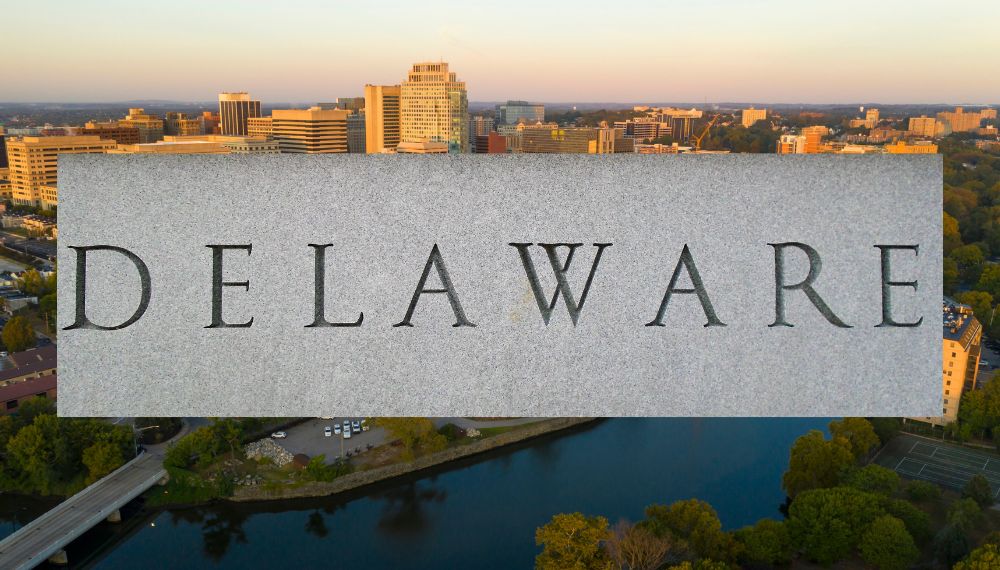Common Lease Terms Q & A
- December 12, 2022
- admin
- Category: Property Management

In today’s world, understanding lease terms are essential for many reasons. Whether leasing real estate or signing an apartment lease, understanding the lease terms is crucial in ensuring you’re getting the best deal possible and avoiding any potential legal issues. This comprehensive guide will discuss common lease terms Q & A like what is a lease, different types of leases, clauses and provisions, addendums and rules, and more.
Common Lease Terms Q & A
What is a Lease?
A lease is a contract between two parties – the lessor (the owner of the property) and the lessee (the person renting or leasing the property) – that outlines the terms and conditions of the rental agreement. The lease will include information such as the length of the lease, the amount of rent, the amount of the security deposit, and any other rules or restrictions.
Understanding the lease terms before signing is essential, as they can significantly impact your rental experience. Knowing the details of your lease can help you avoid potential problems down the line, so it’s essential to read through the lease carefully and ask questions if anything is unclear.
Different Types of Leases
There are several different types of leases, depending on the property type and the lease’s length. The four most common types of leases are:
- Residential Lease: A residential lease is a contract between a landlord and a tenant to rent a residential property, such as an apartment or house
- Commercial Lease: A commercial lease is a contract between a landlord and a tenant to rent a commercial property, such as an office building or retail space
- Short-Term Lease: A short-term lease is a lease that is for a shorter period, usually for less than one year
- Long-Term Lease: A long-term lease is a lease that is for a more extended time, usually for more than one year
Different Types of Clauses and Provisions
Leases may contain several different types of clauses and provisions. Each clause or provision will outline the rights and obligations of the lessor and the lessee. Standard lease clauses and requirements include:
Security Deposit
A security deposit is a sum the tenant pays the landlord at the beginning of the lease. This deposit is typically equal to one or two months’ rent and is held by the landlord as a form of security if the tenant defaults on the lease.
Late Fees
Late fees are fees that the landlord can charge the tenant if they fail to pay their rent on time. The amount of the late fee will be outlined in the lease.
Pet Policy
The pet policy will be outlined in the lease if pets are allowed on the property. This policy will include information such as the types of pets allowed, the pet deposit, and any restrictions on pet ownership.
Subletting
A tenant rents out all or part of the leased property to another person. The lease will include information on whether subletting is allowed and, if so, the terms and conditions for subletting.
Common Lease Terms Q & A for Addendums and Rules
Leases may also include addendums and rules, which are supplemental documents that provide additional information about the lease. Standard supplements and regulations include:
Rental application
A rental application is a document the tenant must complete to apply for the rental property. This application will include the tenant’s contact information, credit history, and rental history.
House rules
House rules are rules that the tenant must follow while living on the property. These rules may include noise regulations, parking regulations, and other restrictions.
Move-In checklist
A move-in checklist is a document that outlines the condition of the property before the tenant moves in. The tenant will use this checklist to inspect the property and note any damages that may need to be repaired before they move in.
Move-Out checklist
A move-out checklist is a document that outlines the condition of the property after the tenant moves out. The tenant will use this checklist to inspect the property and note any damages that may need to be repaired before the landlord can return the security deposit.
Common Lease Terms Q & A Asked In Real Estate Deals
When leasing real estate, it’s essential to understand the lease terms. Standard real estate lease terms include:
- Lease Length: The lease length is the amount of time the lease is for. Standard lease lengths are 12 months, 18 months, and 24 months
- Rent: The rent is the amount the lessee must pay monthly for the rental property
- Security Deposit: The security deposit is a sum that the tenant pays the landlord at the beginning of the lease. This deposit is typically equal to one or two months’ rent and is held by the landlord as a form of security if the tenant defaults on the lease
- Utilities are electricity, water, and gas that the tenant must pay for. The lease will outline who is responsible for paying for these services
Lease Length Meaning
When signing a lease, it’s essential to understand the lease length or the amount of time it is for. Typical lease lengths are 12 months, 18 months, and 24 months.
The lease length will depend on the type of property being leased and the terms of the lease agreement. For example, a residential lease may be for 12 months, while a commercial lease may be for 24 months.
It’s essential to understand the length of the lease and any potential penalties for breaking it early. If you’re unsure, it’s best to consult with a lawyer or real estate professional to ensure you understand the lease terms.
Common Lease Terms Q & A – Rental
When signing a rental lease, there are several standard terms that you should be familiar with. These include rent, security deposit, utilities, late fees, pet policy, and subletting. Rent is the amount the tenant must pay each month for the rental property. The security deposit is a sum of money the tenant pays the landlord at the beginning of the lease.
Utilities are electricity, water, and gas that the tenant must pay for. Late fees are fees that the landlord can charge the tenant if they fail to pay their rent on time. The pet policy outlines the types of pets allowed, the pet deposit, and any restrictions on pet ownership. And subletting is when a tenant rents out all or part of the leased property to another person.
Tips for Understanding Lease Terms
When signing a lease, it’s important to understand the terms and conditions outlined in the lease. Although this list of common lease terms Q & A can help you with most of the terms you still need to be cautious. Follow these tips
- Read the Lease Carefully: Before signing the lease, read it carefully and ask questions if anything is unclear
- Get Everything in Writing: If there are any verbal agreements, ensure they are in writing so there is no confusion later
- Consult an Attorney: If you’re unsure about any of the terms or conditions of the lease, it’s best to consult with an attorney or real estate professional for advice
- Understand the Laws: Be sure to understand the local laws regarding landlord-tenant rights and responsibilities
Conclusion
Understanding lease terms is essential for many reasons. Whether leasing real estate or signing an apartment lease, understanding the lease terms is vital in ensuring you’re getting the best deal possible and avoiding any potential legal issues.
In this comprehensive guide about common lease terms Q & A , we discussed a lease, different types of leases, clauses and provisions, addendums and rules, lease terms for real estate, lease length meaning, standard rental lease terms, and tips for understanding lease terms.
Now that you understand lease terms, you’ll be better equipped to make informed decisions when signing a lease. With this knowledge, you can get the best deal possible and avoid any potential legal issues.







